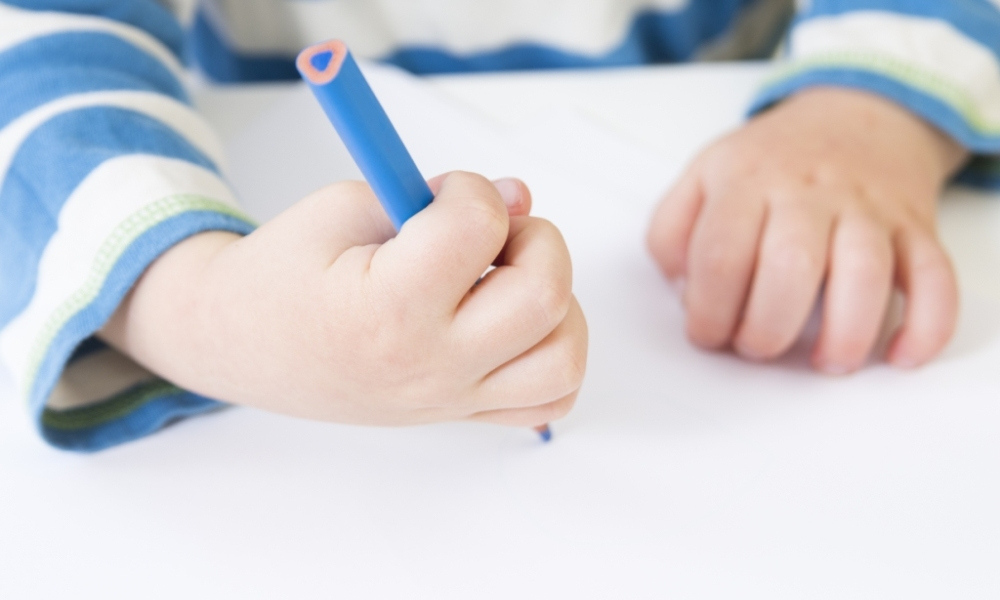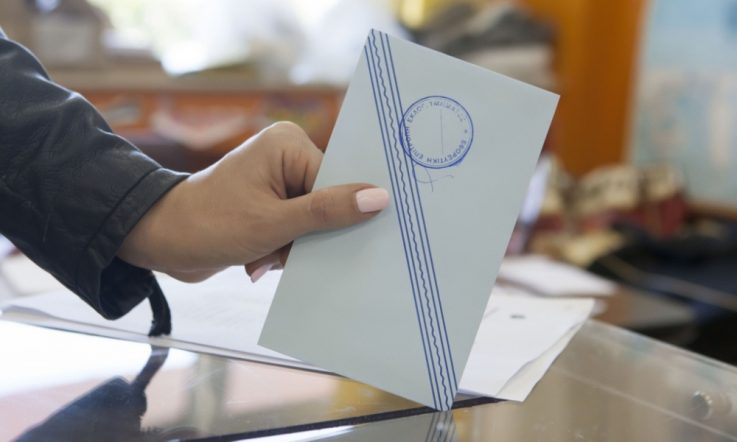Researchers from Edith Cowan University (ECU) in Western Australia have developed a program that combines movement with literacy to improve reading and writing skills in early childhood.
Moving on with Literacy involves the teaching of a variety of movement skills, including singing and actions, alongside Dr Lorraine Hammond's literacy program Let's Decode.
‘[Moving on with Literacy] has a synergistic effect of both movement and literacy. It includes activities that help with the development of gross and fine motor skills, the building of core muscle strength, crossing the midline and aerobic exercise,' Dr Deb Callcott from ECU's School of Education tells Teacher.
‘Strengthening these physical skills contributes to the development [of] the skills needed for reading and writing, such as pencil grip and tracking. The Let's Decode program … involves explicit phonics and phonemic awareness teaching.'
A study (Callcott et al, 2014) to assess the impact of the program extended over a full school year and involved 400 preschool students between the ages of four and five, from eight Perth schools. Schools with a similar Index of Community Socio-Educational Advantage, as recorded on the MySchool website, were selected.
Two classes solely taught the movement program, two the literacy program, two the combined literacy and movement program and two classes acted as the control groups. Students were pre-tested at the beginning of the school year using a variety of literacy and movement assessments, including visual motor testing and phonological awareness. The same tests were conducted during Term 4 on the same students.
‘The study showed that when the teaching of these movement skills was combined with the explicit teaching of phonics, the students performed better as opposed to [when] teaching these in isolation,' Callcott comments.
‘Movement is no less important [than literacy skills] and just as demanding to teach and allocate time for. We [early childhood educators] have interpreted the curriculum incorrectly, placing more emphasis and therefore classroom time solely on literacy and numeracy.
'This study shows, however, that movement in the early years is very important to a child's development and can improve literacy skills.'
Lessons are designed to require minimal preparation and to take no longer than 30 minutes each day. Each lesson is made up of 15 minutes of movement and 15 minutes of literacy.
‘Teachers are already pushed for time in the day so we developed a program that is practical to implement, requires no extra helpers, and costs nothing,' the academic adds.
References
Callcott, D., Hammond, L., Hill, S. (2014). The synergistic effect of teaching a combined explicit movement and phonological awareness program to preschool aged students. Early Childhood Education Journal. 42(4) 13, DOI: 10.1007/s10643-014-0652-7.
If you're an early years educator, think about your own lesson planning - is there a way you can incorporate movement? How will you measure the impact on learning outcomes?
Have you already incorporated movement into your literacy lessons? Share your experiences by posting a comment below or tweeting @teacheracer using the hashtag #TeacherMag.



